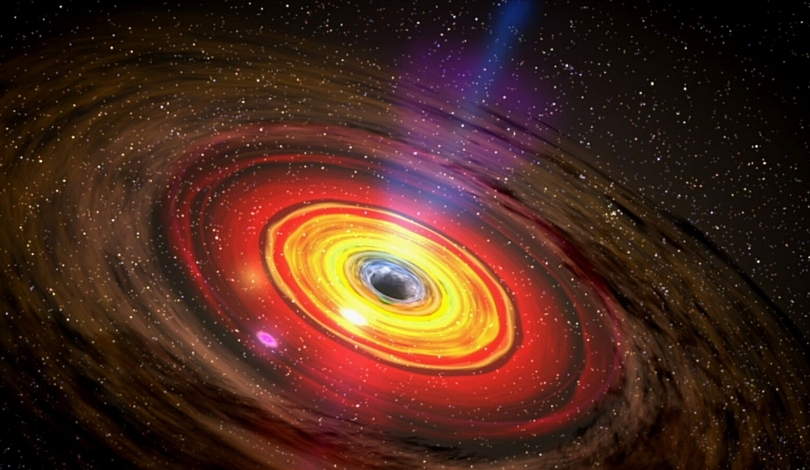Voyager 1, a pioneering NASA space probe launched in 1977, continues its journey through interstellar space despite technical challenges. As one of the most distant human-made objects, it plays a crucial role in our understanding of the cosmos. Recently, the probe encountered a malfunction that required NASA engineers to adjust its communication systems, highlighting the perseverance of long-term space missions.
Voyager 1’s mission has continuously evolved since its launch, initially targeting the outer planets and later extending into interstellar space. Over the decades, multiple challenges have been addressed by NASA’s dedicated teams, ensuring the probe remains operational despite its age. Compared to earlier reports, the current issue underscores the increasing difficulty of maintaining functionality in such an aged spacecraft traversing vast distances.
What Caused the Transmitter Shutdown?
A recent command intended to activate a heater led to Voyager 1’s fault protection system engaging, which subsequently turned off one of its radio transmitters. This safeguard is designed to prevent further damage by conserving power, a critical function given the probe’s reliance on limited energy sources.
How Is Communication Maintained?
Following the transmitter issue, NASA successfully reestablished contact using an alternative, lower-power radio transmitter. This backup system, rarely used since the late 1980s, ensures that vital data from Voyager 1 can continue to reach Earth despite the setback.
What Are the Future Steps for Voyager 1?
NASA’s engineering team is currently analyzing the fault to prevent recurrence before reverting to the original transmitter. This careful approach ensures the longevity of Voyager 1’s mission as it continues to provide invaluable insights into the interstellar medium.
Voyager 1’s ability to adapt to technical issues exemplifies the resilience of NASA’s deep space missions. Maintaining communication with a probe over 24 billion kilometers away involves intricate problem-solving and persistent efforts from mission teams on Earth. The ongoing data collection from Voyager 1 remains essential for scientific research, offering a unique perspective on the space beyond our solar system.










